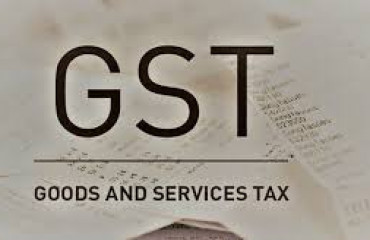
NEW DELHI : Electronic permits for goods shipments within and across states—the so-called e-way bills—inched up to 87.95 million in July, up from 86 million in June, suggesting continued momentum in economic activity in spite of heavy rains disrupting mobility in parts of North India.
NEW DELHI : Electronic permits for goods shipments within and across states—the so-called e-way bills—inched up to 87.95 million in July, up from 86 million in June, suggesting continued momentum in economic activity in spite of heavy rains disrupting mobility in parts of North India.
The number of permits raised in July under the GST regime for goods movement is the third highest on record, e-way bill data shows.
Besides economic recovery, the government's heightened vigil on tax compliance has been contributing to compliance under GST— both in terms of revenue collection and in reporting of transactions.
July's robust e-way bill generation could in turn boost tax revenue collections in August, which will get reported on 1 September. The Centre and states collected ₹1.65 trillion in GST revenue, the third highest ever, in July, in line with government estimates of monthly average GST revenue receipts this fiscal.
GST revenue buoyancy is also seen as a result of higher reporting obligations on businesses.
From 1 August, the threshold for businesses to report wholesale transactions to designated portals for real-time authentication has been increased to include smaller entities with sales in the range of ₹5-10 crore.

View Full Image
With greater volume of sales information getting captured in the GST's system, tax buoyancy could get a further boost in coming months.
"Wider coverage of e-invoicing from 1 August could act like an extra trigger for enhanced reporting of business-to-business transactions, which could positively impact e-way bill generation and tax compliance in coming months. Festive demand in the coming months will also act as a positive trigger for GST collections," said Abhishek Jain, partner and national head of indirect tax at KPMG.
E-way bill generation in July is in line with another high-frequency indicator, the purchasing managers' index (PMI) that on Tuesday showed that the manufacturing sector maintained strong growth momentum at the start of the second quarter amid buoyant demand.
Manufacturing PMI was at 57.7 in July, indicating that output has increased continuously on a monthly basis since July 2021, with the latest rise being substantial, although it was the softest in three months, S&P Global said on 1 August. A figure of 50 separates expansion from contraction in the PMI.
Separately, railway freight data showed steady year-on-year 'originating freight loading' in July at 123.98 million tonnes, an improvement of about 1.5%.
Railways reported a freight revenue of ₹13,578 crore in July, compared with ₹13,163 crore a year ago, as per official figures.
Policy makers are banking on robust urban consumption and continued recovery in rural consumption, along with investment intentions of companies translating into action on the back of the lead taken by the government on capital spending, for a 6.5% economic growth this fiscal.
As per the Reserve Bank of India, the economy would have grown at 8% in the June quarter, to be followed by a 6.5% expansion in the current quarter. However, weak external demand, continued geopolitical tensions, volatility in global financial markets and any intensity in the El Nino impact could pose downside risks.
Maharashtra, Gujarat, Tamil Nadu, Karnataka, Uttar Pradesh, Haryana, West Bengal and Punjab are the top states in generating e-way bills for goods shipment within states as well as for inter-state movement including imports. This shows the economic might of these states in terms of both their export capabilities and domestic consumption.
